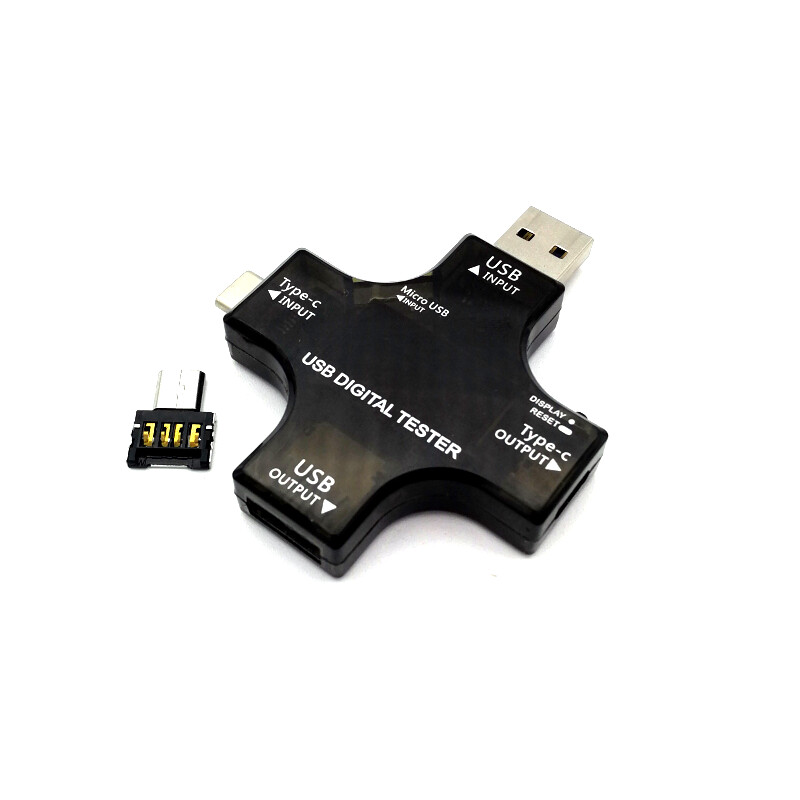
Multi USB Connector Current/Voltage Tester and Diagnostic Tool
The Universal Serial Bus (USB) is widely used for connecting peripheral to computers, battery charging and powering devices. Most consumer gadgets such as mobile phones, tablets and cameras have USB interface. Single board computer such as the Raspberry Pi uses USB interface for power.
There are times when you have doubts and want to know more about your USB devices. When you suspect you have a power supply problem or you are wondering whether you are getting what you paid for your USB charger or even when you want to check the power output of your newly constructed solar panel.
Questions like these always came to mind:
- This USB charger has 3A rating; does it able to deliver?
- What is the actual capacity of my mobile power battery?
- How much current does my Raspberry Pi need with additional peripherals?
- My mobile phone is not charging; where is the problem? The charger, the cable or the phone?
This little tool is useful for performing diagnostic test for your USB power source, cables and devices. In essence, this tool sits in between you power source and your device. It measures voltage, current and battery capacity (charge time). We use it all the time for "debugging" any power related problem with USB interface. At the center of the device there is a nice and bright multicolour OLED for readings display. Next to it, there is a single push button for control.
There are three options for power input connection. You can either use the USB-A male connector, USB-C male connector or micro USB female port. Connect the input port to the USB wall outlet or computer and the reading will be displayed instantly. The power output connection uses Type A female USB port or USB-C female port. Connect the output to your device (load) using your USB cable.
This tester supports a wide voltage and current range: 3.6V-32V/0-5A. This is useful to test the USB Power Delivery (PD) and other "fast charging" device such as QC2.0, QC3.0 and others which uses more than the standard 5V USB charging.
Technical details:
- Input voltage: 3.6 - 32V DC
- Input current: 0 - 5 A
- Input connector: USB-A plug, USB-C plug or micro USB port
- Output voltage: 3.6 - 32V DC
- Output current: 10 - 4000 mA
- Voltage Resolution: 0.01V
- Current Resolution: 0.01A
- Capacity range :0 - 99999mAh
- Measurement accuracy: ± 1%
- Output connector: USB-A female jack, USB-C female jack
- Dimension: 68mm x 60mm x 11mm
